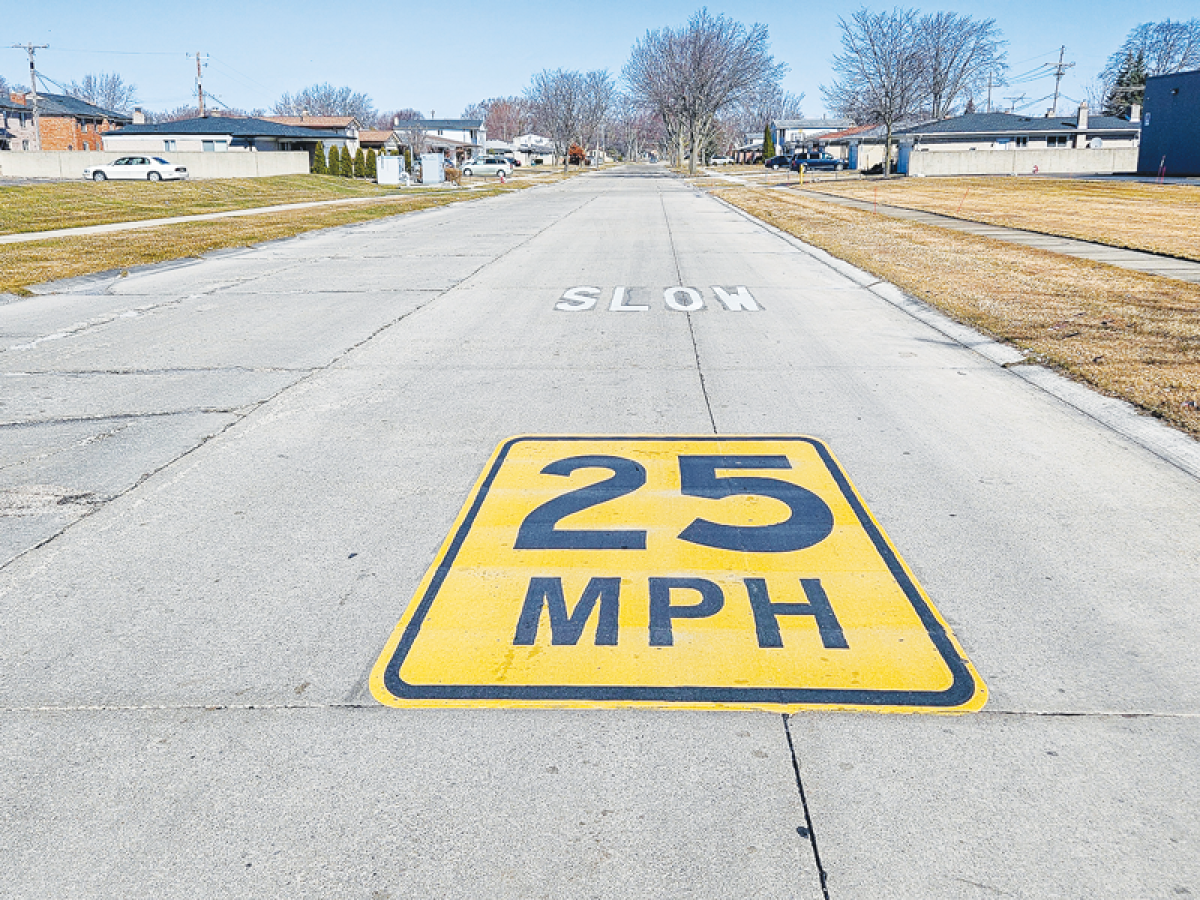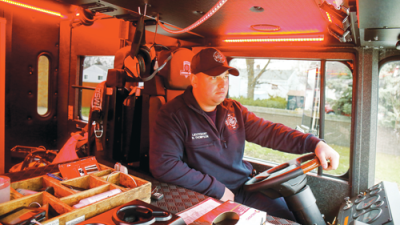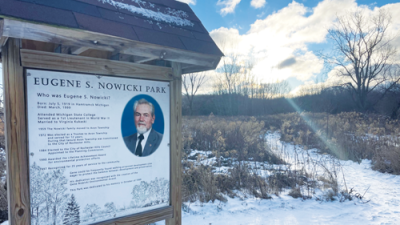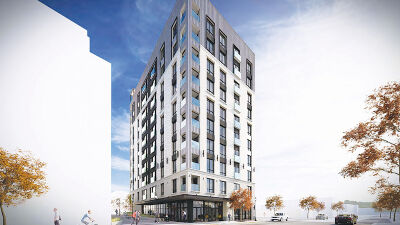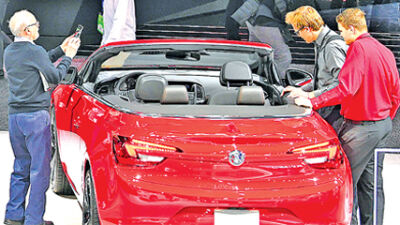STERLING HEIGHTS — Sterling Heights’ quest to keep its streets safer from speeders has taken another lap.
During the Feb. 20 Sterling Heights City Council meeting, city officials discussed an upcoming Comprehensive Transportation Safety Action Plan study that will be performed for the city’s major roads and residential streets.
According to officials, the city is taking February and March to evaluate proposals from consulting firms to facilitate the study. The administration hopes to present the final proposal to the City Council to approve March 19 or April 2.
Sterling Heights Assistant City Manager Jeff Bahorski said he has heard from City Council members that drivers speeding through neighborhoods is a top complaint that residents make.
“I think we are all frustrated by speeding, especially on our local streets,” Bahorski said. “That never seems to go away no matter how many tickets are written.”
City officials said the study, which will produce a comprehensive transportation safety action plan, will be made possible through a federal Safe Streets and Roads for All grant. According to the city’s community relations director, Melanie Davis, the city obtained the $400,000 grant with a local match of $110,000.
City Engineer Brent Bashaw said the city wants to use the study to review its major intersections, focus on studying six miles of Ryan Road, and explore ways to calm traffic.
Bashaw added that the city has formed a committee for the study that’s composed of several city departments, including public works, planning, police and fire, engineering, purchasing, community relations and city management.
“Additionally, there’ll be a public involvement process once a consultant is brought on board,” he added, though no additional details were given.
During his presentation, Bashaw showed several charts of the most crash-prone and dangerous intersections between 2018 and 2022.
Over that period, the top five crossings with the highest number of crashes were 18 ½ Mile Road at M-53 and the Van Dyke ramp with 564 crashes; Mound Road and Metropolitan Parkway, 276; Van Dyke Avenue and Metro Parkway, 256; 15 Mile and Ryan roads, 180; and 14 Mile and Schoenherr roads, 174.
The top five listed intersections with the highest percentage of injury crashes were listed as Dobry Drive and Merrill Road, 47%; Schoenherr and Canal Road, 41%; Van Dyke and Denwood Drive, 37%; 14 Mile and Hoover Road, 35%; and 18 Mile Road and northbound M-53, 33%.
The top five crossings with the most severe crashes were ranked as 14 Mile and Schoenherr; Mound Road and 18 Mile; Mound and Dobry; Mound and 14 Mile; and Van Dyke and Denwood, officials said.
“So all these charts contain important information, and they’ll be a great starting point for us and for the study to look for safety implementation ideas,” Bashaw said.
The top five roads — not intersections — with the highest percentages of injuries in crashes were Ryan, 27.8%; Dequindre, 25.9%; Dodge Park Road, 25.4%; 19 Mile Road, 25%; and 15 Mile, 24.6%.
When talking about “re-imagining Ryan Road,” Bashaw listed possible solutions that the study will delve into, including roundabouts, medians and shortening lane widths.
Officials said the study will also evaluate a series of tools for calming traffic in speeding prone areas. Those options include planting more trees; adding markings or artwork to the road; installing medians and neighborhood entrances; extending curbs or adding curved paths called chicanes; or putting speed cushions or speed humps on a street, Bashaw explained. He mentioned that the city has already painted speed limit pavement markings on Viceroy Drive.
“There are many more unique and interesting ideas that can be brainstormed, analyzed and reviewed as part of a study to create a comprehensive traffic calming guidebook for the city of Sterling Heights,” he said. “In the meantime, the city will look to implement some of these ideas this summer as pilot ideas, in the same fashion as the Viceroy Street painting (that) has occurred.”
Councilman Michael Radtke said while he isn’t a fan of speed humps or bumps, he favors other ways of slowing down vehicles to make streets safer for pedestrians. He also asked if residential streets like Brougham Drive and Fox Hill Drive will get attention in the study, since they “receive quite a few speeding complaints,” Radtke said.
“As I’m sure my colleagues will agree, this is a major complaint that we receive frequently, and I know that we are all focused — hyper focused — on making sure our neighborhoods are safe,” he said.
Bashaw said the city is highly interested in reviewing those local roads for calming efforts too.
City officials said they expect the study’s final draft to be finished in time for a December presentation before the City Council.
Learn more about Sterling Heights by visiting sterlingheights.gov or by calling (586) 446-2489.
 Publication select ▼
Publication select ▼